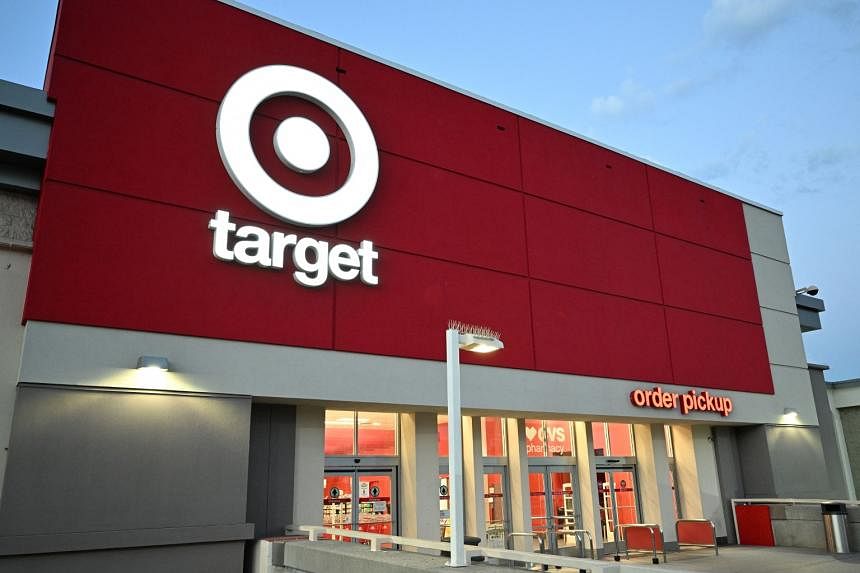WASHINGTON (BLOOMBERG) - Consumers in the United States are standing firm in the face of hot inflation and rising interest rates - even if they are spending with a little less gusto and a lot more frustration.
Retail sales, excluding a price-induced drop in petrol station receipts and a drop in motor vehicle purchases, rose a better-than-expected 0.7 per cent in July, Commerce Department data showed on Wednesday (Aug 17). Building materials outlets, electronics and appliances stores and online merchants were among those with firm gains in receipts before adjusting for inflation.
Walmart and Target are preparing for a healthy shopping season this fall after absorbing painful price cuts on apparel, kitchen appliances and patio furniture as shoppers pulled back from a two-year spree. Customers are still reaching for their wallets, the retailers say, but now the focus is on essential goods as spending on trips and restaurants revives and inflation forces shoppers to pay more for basic items.
"The most important takeaway is that consumer spending on goods is continuing to increase, even as the bulk of their energies have shifted to services," said Mr Stephen Stanley, chief economist at Amherst Pierpont Securities.
With China's economy slowing down and Europe likely heading into a recession amid skyrocketing energy prices, the resilience of the American consumer so far is all the more remarkable.
It also suggests that the Federal Reserve has more work to do in tempering demand as it tries to get better control of inflation that is near a 40-year high.
The total value of US retail sales last month, unadjusted for changes in prices, was essentially flat. However, economists at Wells Fargo estimated that the inflation-adjusted change was actually up 0.6 per cent.
Shopping patterns
Economists have long expected consumers to shift back to pre-pandemic shopping patterns, which lean more towards services like entertainment and travel, and away from the merchandise-heavy tilt of the past two years. But the highest inflation in a generation is eroding workers' pay cheques and forcing many to lean on credit cards and savings to keep spending.
The retail sales data is more of a report card on consumer demand for merchandise. A fuller picture, including outlays on services, will emerge later this month with the government's release of income and spending figures.
For some, the inflation pinch has meant that more consumers are seeking out store-brand products or, as Walmart said, trading higher-end deli meats for hot dogs and canned tuna. The retail giant, known for its everyday low prices and budget-conscious customers, said it is now seeing more visits from higher-income families.
The government's retail data also hinted at this shift. Sales at department stores and clothing shops declined, and while grocery store receipts increased, food-at-home sales likely dropped as well after adjusting for inflation. Outlays at restaurants and bars, though up slightly, were the weakest since a decline in January.
Shoppers are hanging in there for now, and the biggest retailers in the business are betting on continued resilience. But spending patterns changed more quickly than the companies expected earlier this year, saddling them with costly inventory woes, and there is always a risk that they will be surprised again by their customers.
"The staying power of consumers has been quite robust, but it is showing signs of running out," wrote Wells Fargo economists following the report. "How these factors evolve from here will determine the trajectory for spending and thereby the overall economy."

